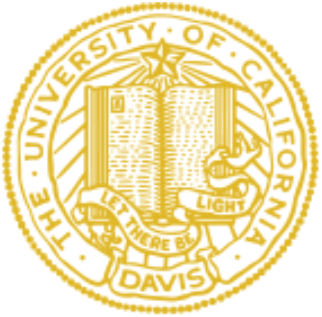Big Data on Contract Interpretation
This Article introduces macro contract research, a new methodology using big-data analytics to study private law. In doing so, it reveals significant trends that suggest the outsized role of corporations and the slide towards textualism in the development of contract law. This Article thereby sheds new light on enduring questions in contract scholarship and offers a novel approach applicable to other contexts.
Using California contract disputes as a case study, this Article uncovers data suggesting that courts are tipping a long-held balance in contract interpretation toward textualism. Deploying machine learning and an original trained algorithm, this Article also uncovers data suggesting the diminishing role of individuals in contract litigation. At the same time, these findings suggest that corporations have played a central role in the development of contract law, a trend likely to increase in the future. In addition, these trends suggest that courts do not appear to be applying doctrine developed in certain contract contexts to other contract contexts in predictable ways. As such, the Article contributes much-needed quantitative evidence to contract scholarship, which has long debated the centrality of corporate entities in shaping contract law but lacked the relevant empirical data.
This Article also makes a significant theoretical contribution. Scholarship has tended to overlook the particular operation of canons of contract interpretation, notwithstanding contract law’s distinct goal of enabling private ordering. The Article identifies the distinctive function of contract canons and offers a framework for their classification. Focusing on contract canons as a first step in gathering fundamental data on the development of contract law, this Article also presents a model for further large-scale empirical study.

